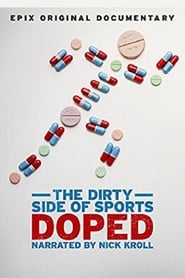
Examines the implementation and ineffectiveness of anti-doping policies in sports.
You May Also Like

50-minute drama documentary detailing the adventures of geologist Karl Mauch and archaeologist Gertrude Caton Thompson.
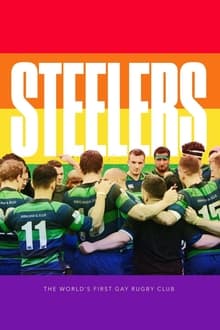
Told through the eyes of an Australian news reporter, Eammon Ashton-Atkinson, who moved to the UK to escape depression, the documentary, follows 3 characters on their journey to overcome their struggles as the club competes against 60 other gay clubs in the Bingham Cup in Amsterdam – the World Cup of gay rugby.
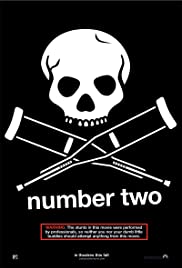
Jackass Number Two is a compilation of various stunts, pranks and skits, and essentially has no plot. Chris Pontius, Johnny Knoxville, Steve-O, Bam Margera, and the whole crew return to the screen to raise the stakes higher than ever before.

The spirit of the old west lives on in South Central Los Angeles, and filmmaker Marquette Williams captures all of the energy and enthusiasm of an urban subculture that may take some folks by surprise. Urban Cowboy isn’t just a movie starring John Travolta; just outside of Compton, it’s a true reality. Most people associate horse riding and rodeos with country ranches and wide-open plains, but four young cowboys from the inner city are out to shatter preconceptions about what it really means to be a roughrider. Twenty-three year old Lil Ron, eighteen year old Yah-Ya, eighteen year old Mike, and eighteen year old Jazmine are a learning what it takes to win on the rodeo circuit, and Lil Ron has his eyes locked on the Rookie of the Year award. Follow these four young pioneers as they set out to find that perfect balance between inner-city toughness and wild-west determination.
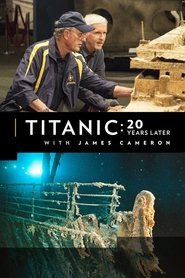
For the 20th anniversary of “Titanic,” James Cameron reopens the file on the disaster.

National Geographic and NASA are sending you into space – live! For the first time ever, board the International Space Station and take a complete orbit of Earth in real time.

A portrait of the man behind the greatest fraud in sporting history. Lance Armstrong enriched himself by cheating his fans, his sport and the truth. But the former friends whose lives and careers he destroyed would finally bring him down.

Europe on the verge of social and economic change. A close up into the shaken vision of four couples, daily struggles, fights, kids, sex and passion. A movie about the politics of love. Le cinéma politique fait l’amour.
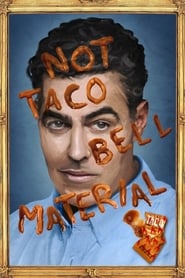
Not Taco Bell Material is Adam Carolla’s first ever stand up special based on his New York Times best-selling autobiography. The performance showcases Adam’s incredible improvisational comedy skills featuring tales from his youth, told through stand-up comedy and photos. It’s hilarious, poignant, and even inspiring.

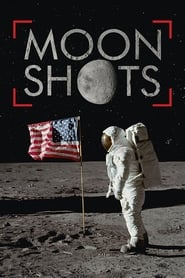
This is the complete story of NASA’s Moon Missions, from Apollo 1 to Apollo 17, told for the first time using 4K and HD original footage taken by astronauts from the most iconic space voyages in history.
